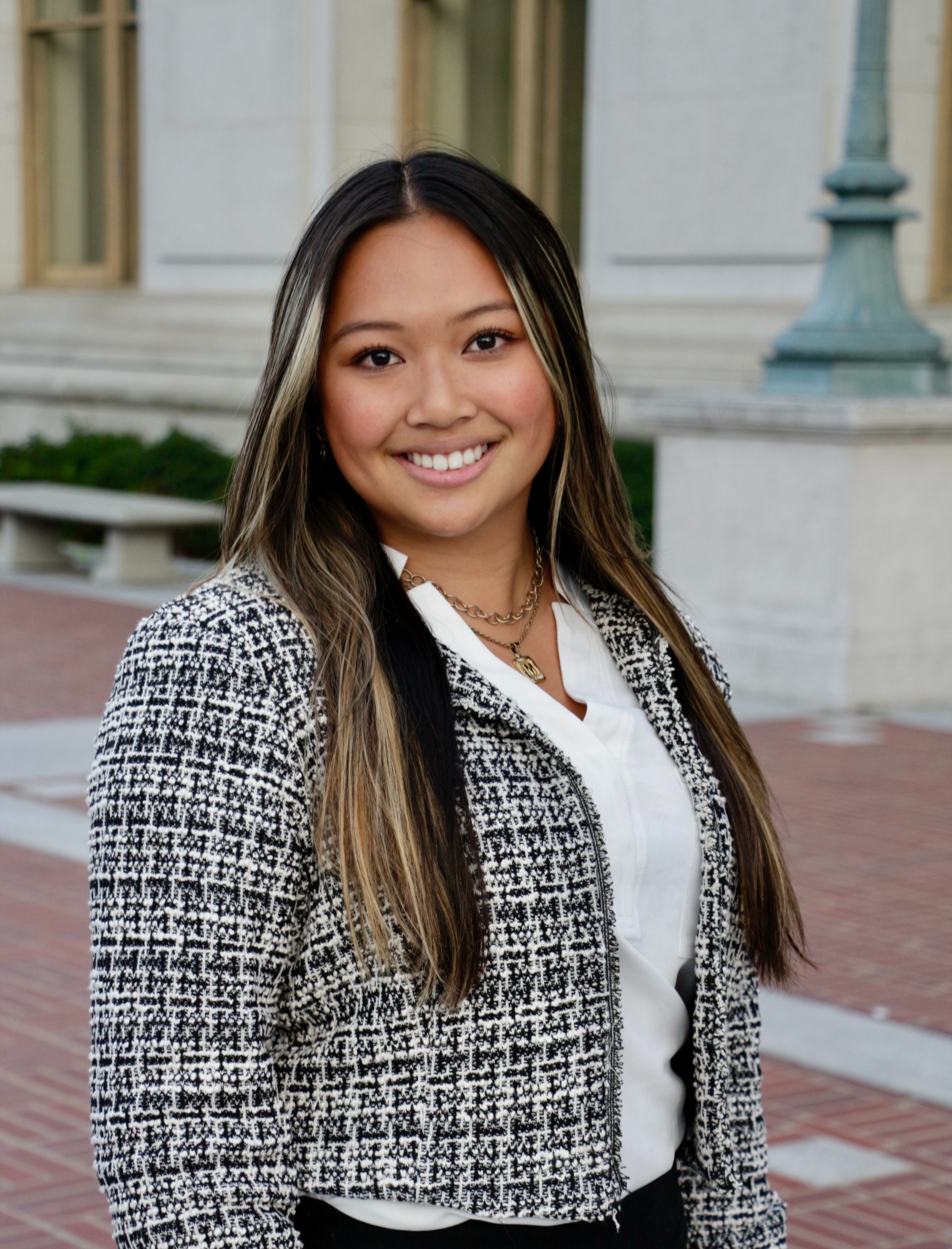There are prominent race gaps across higher education as a field with respect to college enrollment and degree completion. 56% of Hispanic or Latino and 46% of Black or African American students finish a four-year degree within six years, compared to 72% of White students. Further, there are increasingly fewer Black and Latino/Hispanic students at the higher levels of education – the population size shrinks by 27% at each educational tier.
Explaining the Race Gap
There are a few factors that have contributed to causing this gap:
- American universities began as exclusively white, male institutions, and measures to actively combat segregation in public education began after the Supreme Court’s ruling of Brown v. Board of Education in 1954;
- Education achievement gaps are correlated with racial socioeconomic disparities because higher-income and more-educated families typically can provide more educational opportunities for their children;
- With historically lower-income and less educational resources, Black and Hispanic families often have lower educational attainment than their White counterparts.
Affirmative Action – What is it?
In order to help bridge these gaps, higher education institutions have practiced a contested policy choice – affirmative action. Affirmative action includes policies aiming to increase the representation of people of color. This includes race-conscious admissions and extra consideration for underrepresented groups in college acceptances. In Regents of the University of California v. Bakke (1978), the Supreme Court ruled that using race as a factor of consideration, among others, in admissions was permissible, but having quotas for underrepresented minority groups was not. Currently, 8 states have banned race-based affirmative action: California (1996), Washington (1998), Florida (1999), Michigan (2006), Nebraska (2008), Arizona (2010), New Hampshire (2012), and Oklahoma (2012).
Arguments in Favor of Affirmative Action
One argument in favor of affirmative action is that it could potentially help close the race gap, since students of color remain underrepresented on college campuses. For example, in California and in the University of California (UC) System, the ban on affirmative action has harmed Black and Hispanic students, decreasing their number in the University of California (UC) system while reducing their odds of finishing college, going to graduate school, and earning a high salary. At the University of California, Berkeley, the underrepresentation gap before the ban on affirmative action was 14.9 percent. The year after, it grew to 24.9 percent, and in 2015 it hit 34.4 percent. Many also argue that race is an important factor in college admission to ensure campus diversity in race, experience, and thought.
Arguments Against Affirmative Action
One argument against affirmative action is that race should not be necessary or required information for an officer to know when making a college admission decision. Merit and other factors students can control should be of greater focus, including grades, extracurriculars, test scores, etc. Furthermore, many argue that affirmative action hurts other groups – primarily Asian Americans – in the college admissions process as a lesser number of these students are being admitted to elite universities despite their merit. One study showed that in order to be admitted to certain selective institutions, Asian applicants needed to score 140 points higher than White students, 270 points higher than Hispanic students, and 450 points higher than African American students, if other factors are held equal.
Current Status of Affirmative Action
The Supreme court recently agreed to hear two cases that challenge the race-conscious admissions programs at Harvard University and the University of North Carolina. The cases argue that Asian-American students have suffered discrimination in the admissions process at both schools. The group suing both universities, Students for Fair Admissions (SFFA), has petitioned the Supreme Court to ban affirmative action in higher education in a 99 page filing. The decision is anticipated to be heard in Spring or Summer of 2023.



